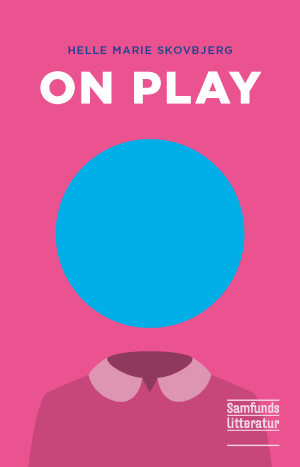Play is important for people’s lives. That is the subject of this book. It is a confrontation and a rebellion against the instrumentalisation and rationalisation of play, and insists that play is of value in itself as it is fundamentally bonded to human life.
On Play presents the perspective of mood. It comprises three dimensions: There is the play media, or the tools with which we play; the play practices, which are the actions and forms of expression used in play, and the play moods, which is the special feeling of involvement that we experience when we play. The perspective of mood points towards a strong connection between what we play with, what we do with it and what we experience. Children take and use certain play media; they use them in certain ways and thus attain a mood of play.
In On Play, a number of terms are introduced as ways of observing these moods of play. These terms may serve as lenses through which we observe play, but they can also be used as principles for instruction when we plan pedagogic play activities, when we want to throw a party at work or when we design play experiences.
Using the perspective of mood, this book gives us new insights into what play is, or could become, and also, that it is found everywhere. This book praises diversity, inventiveness and those surprising moments of impulse. In principle, there is no such thing as bad play, since it will simply peter out. Good play, on the other hand, goes on and on, because it makes sense to those who are playing.
The book is based on extensive field work among children and the theory is deeply anchored in plenty of practical examples. We meet the children in their daily lives, where play comes to life – and it lives in many places. At school, at home, with grandparents and in all the in-between spaces of a child’s life.



